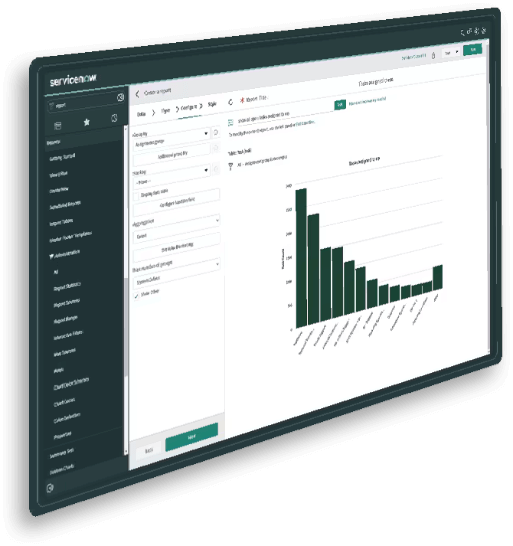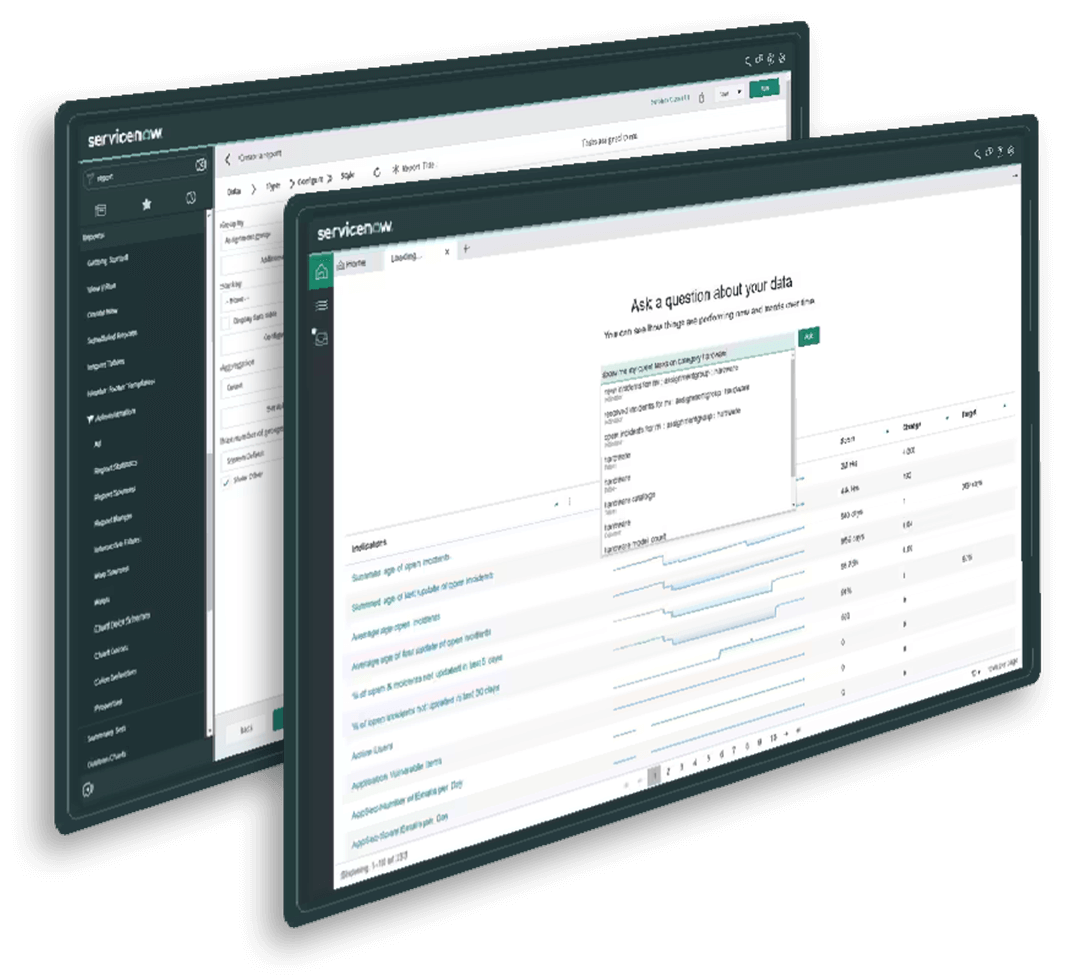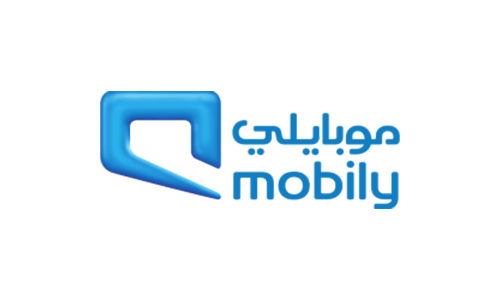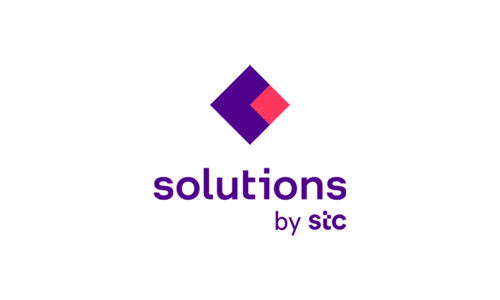Master your digital transformation with ServiceNow and Unikomm
Start your transformation journey today
INTEGRATE
Bring all your IT platforms together to improve operations and visibility
OPTIMIZE
Build cross-platform IT processes that enhance customer experience
ACCELERATE
Automate processes to boost productivity, efficiency and profitability
Integrate. Optimize. Accelerate. Transform your business with ServiceNow from Unikomm.

Preparing for a digital-first future
Digital transformation is critical for every business, on the world stage and in local KSA markets. But effective digital transformation is a careful lend of new technology and optimized business processes.
Unifying IT platforms simplifies administration and support, increases operational transparency and allows you to build new optimized processes. And by choosing ServiceNow as your management platform, you have a solid foundation on which to build and automate future-ready processes and services.

Delivering the experiences your customers demand
Customer expectations continue to evolve and the experience you provide must change to keep pace. Using proven methodologies like IT Service Management (ITSM), IT Operations Management (ITOM), IT Business Management (ITBM) and Customer Service Management (CSM) you can transform the way you operate – for the better.
Using real-time data and insights to re-engineer processes, you begin a journey of continuous improvement that benefits your customers, your organization and your community.
ServiceNow and Unikomm
Maximize return on your IT investments and prepare for the challenges of the future with Unikomm’s, fully qualified SolutionNow architects.

Smash your
IT silos
ServiceNow provides complete transparency across your IT operations, allowing you to deliver a continuously improving quality of service to customers and users.
Unlock your insights today

Face the future
with confidence
Leverage real-time insights from across your IT estate to develop new products, features and services that allow you to meet the challenges and demands of the future.
Build for future success

One partner for everything
ServiceNow
Unikomm is the only pure play ServiceNow Elite partner in the KSA, offering product sourcing, deployment, configuration and support services.
Partner with the best
Achieving milestones
with some of our biggest clients

























Read our latest blog
Make the most of your digital investments with the leading ServiceNow consulting, support, and implementation service provider in Riyadh





